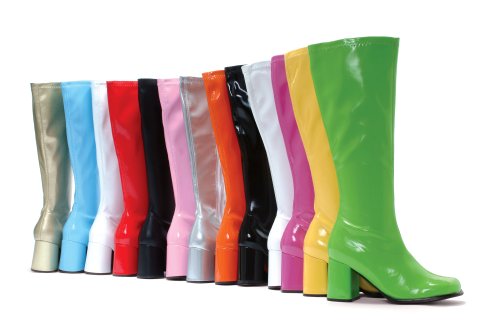 Do you have something in your home you hold onto that takes up precious space and may be infrequently used, but when you need it, you are so grateful that it is exactly where you stashed it, if only you could remember where?
Do you have something in your home you hold onto that takes up precious space and may be infrequently used, but when you need it, you are so grateful that it is exactly where you stashed it, if only you could remember where?Although I may go several months without using my little old sewing machine, I do need it on occasion. So I pull it out, dust if off, drag it over to the dining room table and in seconds I'm threaded and readying the speed controller underfoot. This system worked smoothly until one fateful Sunday afternoon in early December when I was putting the finishing stitches on a simple linen towel project.
The whirring sound of my almost completed gift uttered a grinding, crunching sound. I shook my head in slight disbelief that my reliable Touch and Sew, circa 1968, stopped without my provocation. I checked the thread was unbroken, peeked into the bobbin case for a jam, manually turned the hand wheel and it still wouldn't budge. Not exactly knowing what to do, I lifted all the irrelevant panels and hinged doors to notice absolutely nothing wrong. I tried turning off the power as if to re-boot and make this bad dream go away, but the jam remained.
Disgusted at my mechanical ignorance, I called the local sewing and craft shop. "Sorry dear, we don't do repairs on antique sewing machines here." I called my local home fabric source. "Sorry dear, we don't deal with that here. We have our own workshops to do all the sewing for us."
I sat back down, steeled myself, selected a fine looking shiny needle from my pin cushion, threaded it and started to create my own tiny row of stitches. I felt like I had traveled back in time to the days before electric sewing machines or to the prairie of Laura Ingalls Wilder.
I have looked at new machines, I looked at old machines, I waited patiently for the right solution. This weekend I bought a Singer 522 Stylist for all the wrong reasons. I needed a working machine. I liked the built-in table. THC said he needed something mended. I have a soft spot in my heart for old Singer machines.
It looks great. It seems to run well. But it's a little tricky without a manual. Oh dear, being green is sometimes a steep learning curve.




























